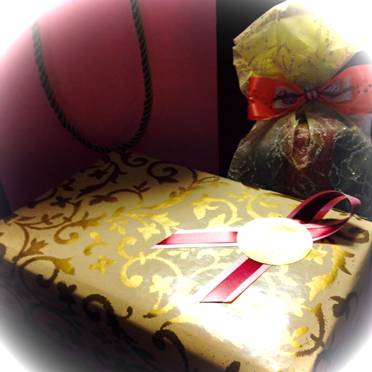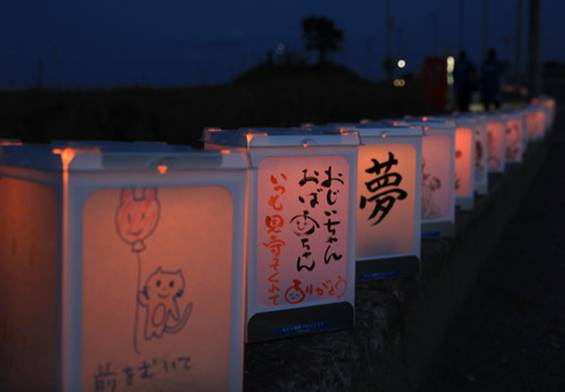I had a chance to visit Johor the other day which is a region in the southernmost tip of the Malay peninsula. It is an area currently in the middle of a huge, comprehensive urban development project called Iskandar Malaysia (the Iskandar Regional Development Authority (IRDA) is a Malaysian Federal Government statutory body).
Iskandar Malaysia covers a land size of 2,217 ㎢ which is three times the size of Singapore and it is easily accessible by bridge from Singapore.
This development project began in 2006 with an announcement by the Malaysian government and it is now is a massive project being undertaken with Singapore. The Malaysia-Singapore Joint Ministerial Committee for Iskandar Malaysia (JMCIM) discusses proposals for the High Speed Rail (HSR) between Kuala Lumpur and Singapore, the Singapore-Johor Bahru Rapid Transit System (RTS), and other joint ventures between Malaysia and Singapore.
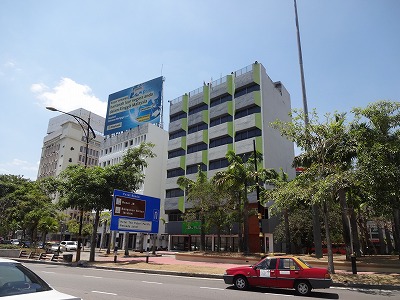
Despite such extensive development, whenever I have passed through this area in a taxi, all I have seen so far in 2014 is a lot of worksites and fields of palm trees. The city of Johor Bahru is small and is lined with high-rise buildings on the opposite shore. It’s the kind of city where you sense that life moves at a slower pace than larger cities.
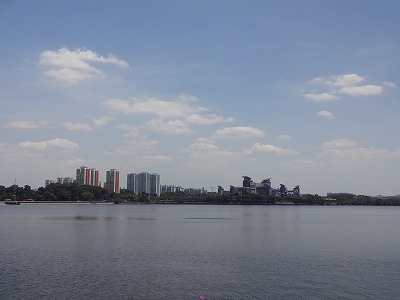
Singapore view from Johor Bahru. My flight to Johor departed around 7 a.m. from Subang (Kuala Lumpur) and took less than an hour. Seats were occupied by business passengers. If the High Speed Rail (HSR) between Kuala Lumpur and Singapore is completed successfully by 2020, it will take less than an hour and a half to get to the Iskandar area by train.
The vision is to create a strong and sustainable metropolis of international standing, and for Iskandar Malaysia to be the first choice for investment, work, living, and recreation. To achieve this, five flagship zones from A to E have been designated as key focal points and are expected to develop into targeted growth sectors.
Flagship A: Central business and financial district.
(Johor Bahru city centre)
Flagship B: Education, medical and tourism districts,
(Nusajaya) Johor new state administrative centre.
Flagship C: Distribution center focusing on port and marine services.
(Western Gate Development)
Flagship D: Industrial and manufacturing hub
(Eastern Gate Development)
Flagship E: Distribution center focusing on airport services.
(Senai) A hub for information and communications technology.
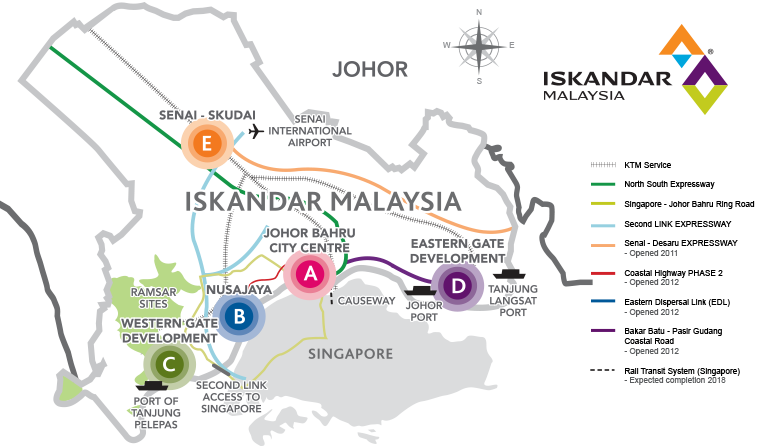
(Source: http://www.iskandarmalaysia.com.my/our-development-plan)
I visited the education district called “EduCity” in Flagship zone B which invites foreign education institutions to set up in the zone. Marlborough College, one of the U.K.’s prestigious schools famously attended by Princess Catherine, opened its first overseas school in this zone in 2012. Approximately 50% of students live in Singapore and go to school by bus, so you can imagine how close Singapore is to EduCity.

Students from four to eighteen years old study on a 90-acre campus
with boarding school from eight years old and accommodation for teachers.
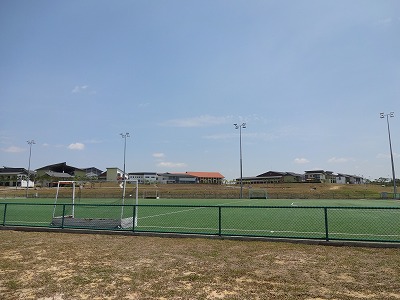
The campus is just like a scene from a Western film;
the only difference being that it’s very hot in Malaysia.
Malaysia expects Singapore’s economic bloc to expand to the Malay Peninsula with its vast areas of land and competitive labor costs as an advantage. In 2005 before the project started, GDP per capita for Iskandar Malaysia was about USD 14,790-half of Singapore’s which was about USD 30,000. This is expected to rise to USD 31,000 by 2025.
However, because Singapore believes that it is better to build ties with Iskander Malaysia to become more competitive internationally and prevent the flow of foreign investment into other emerging countries in Asia, it recommends that this region be used by foreign-affiliated companies based in Singapore. If everything goes to plan, Iskandar Malaysia may become a blueprint for Asia and the distribution of economic power in this region may change in the near future.
As a member of Sugawara Institute, I am concerned about environmental issues surrounding this project. The Malaysian government is promising a reduction in CO2 emissions of 40% compared to 2005 by the year 2020 and, in particular, wants Iskandar Malaysia to be a model for a sustainable low carbon metropolis in Asia.
And this is where Japanese environmental technology takes the spotlight!
A Japan-Malaysia collaborative research project on “Development of Low Carbon Society Scenarios for Asia” has begun with a research team that consists of multidisciplinary researchers from both countries. The challenge has begun in Iskandar Malaysia for infrastructure and architecture that brings to fruition a low carbon society.
Although there is an energy to life here in Malaysia which I can’t experience in Japan, heavy traffic jams are a daily event, construction works are everywhere, and I worry constantly about the impact of air pollution and waste gases on the environment. I can only hope that Japanese environmental technology will come to the rescue as its use becomes more widespread throughout Asia.
Reported by Makiko Wada, Sugawara Institute

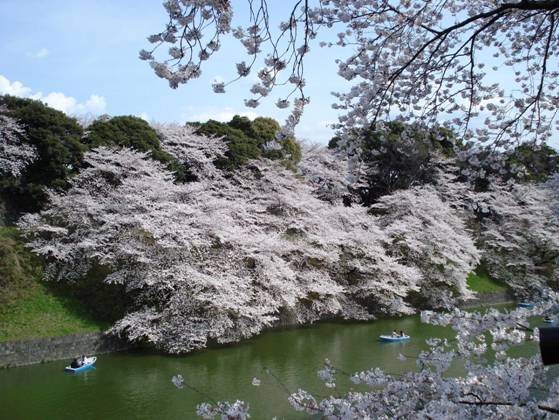



 University of Adelaide research has shown for the first time that grape seed can aid the effectiveness of chemotherapy in killing colon cancer cells as well as reducing the chemotherapy’s side effects.
University of Adelaide research has shown for the first time that grape seed can aid the effectiveness of chemotherapy in killing colon cancer cells as well as reducing the chemotherapy’s side effects.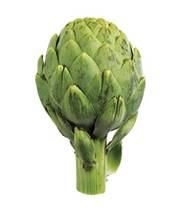 Artichokes
Artichokes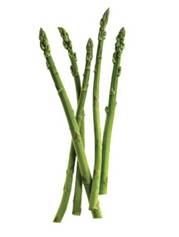 Asparagus
Asparagus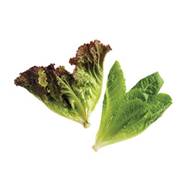 Baby Lettuces
Baby Lettuces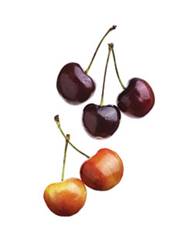 Cherries
Cherries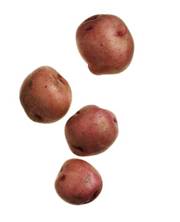 New Potatoes
New Potatoes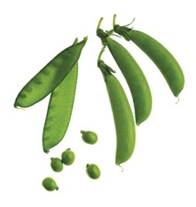 Peas (Snow, Garden, and Sugar snap)
Peas (Snow, Garden, and Sugar snap)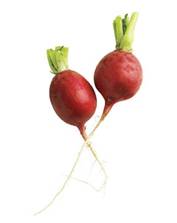 Radishes
Radishes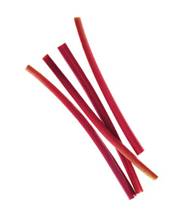
 Scallions
Scallions Spinach
Spinach Strawberries
Strawberries